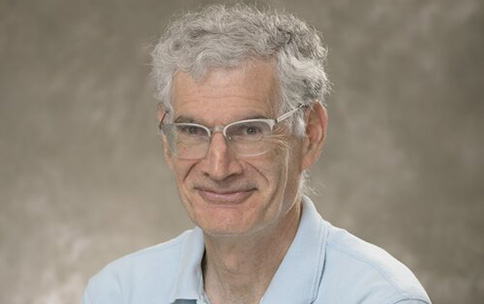
Dr. Andrew Belmont is a Professor of Cell and Developmental Biology as well as a Professor of Biophysics and Quantitative Biology at the University of Illinois at Urbana-Champaign. He researchers how movement and organization of DNA within the cell nucleus play a role in normal biological functions and how changes in these properties may influence diseases, such as cancer. Dr. Belmont explains that while people have been able to view structures within a cell nucleus for over 120 years, we are only beginning to understand what these structures actually mean and how they change with time. Dr. Belmont is adding to our understanding with a genomic read-out tool his team developed, called TSA-Seq, to measure the position of different compartments in the nucleus, a task that could previously be done though time consuming microscopy experiments. With this tool and other experiments, Dr. Belmont's laboratory showed that after a gene is "turned on or off" in the nucleus, it can move to different nuclear locations. As part of the NIH Common Fund's 4D Nucleome (4DN) program, Dr. Belmont is developing new methods that combine microscopy with genome-wide mapping techniques to study the movement of DNA in the nucleus after a gene is activated. Exploring this mechanism will help researchers better understand how our bodies work and may help them develop targets for diseases that impact DNA movement and organization in the nucleus. "It's like a puzzle" Dr. Belmont explains, "and you're just trying to understand the puzzle, and it's a difficult puzzle so it takes longer."
Dr. Belmont has long been assembling puzzle pieces. His very first summer job as a college student was drug testing races horses from a Philadelphia local track. Coming from a family of medical professionals, Dr. Belmont obtained a medical degree. At first, he did not know what scientists did, but he joined a lab as a medical student and has been involved in biomedical research ever since.
Throughout his career, Dr. Belmont has seen the difficulties of getting a group of people together to accomplish a goal. He explains that his work on the 4DN program has been "wonderful because it is a privilege to work with so many really interesting people who have established all these methods and systems and to be part of a team where everyone enjoys trying to do better science."
Learn more about Dr. Belmont's 4DN research project.


